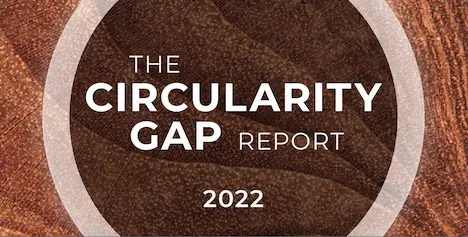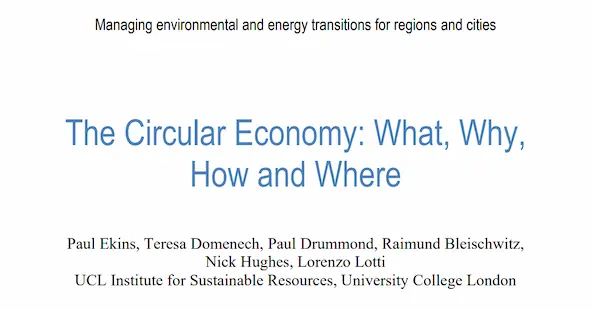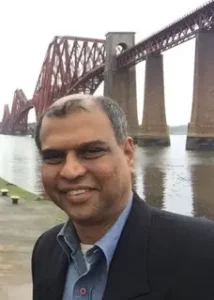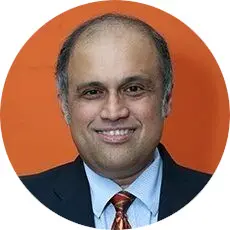Overview of Circular Economy
The traditional, linear economic model is based on a take-make-consume-throw away pattern. This traditional economic model relies on large quantities of cheap, easily accessible materials and energy. Also part of this model is planned obsolescence, when a product has been designed to have a limited lifespan to encourage consumers to buy it again.
The circular economy is a model of production and consumption, which involves sharing, leasing, reusing, repairing, refurbishing, and recycling existing materials and products as long as possible. In this way, the life cycle of products is extended. In practice, it implies reducing waste to a minimum. When a product reaches the end of its life, its materials are kept within the economy wherever possible. These can be productively used again and again, thereby creating further value.













 Raj Mehta – Financial Education Instructor
Raj Mehta – Financial Education Instructor